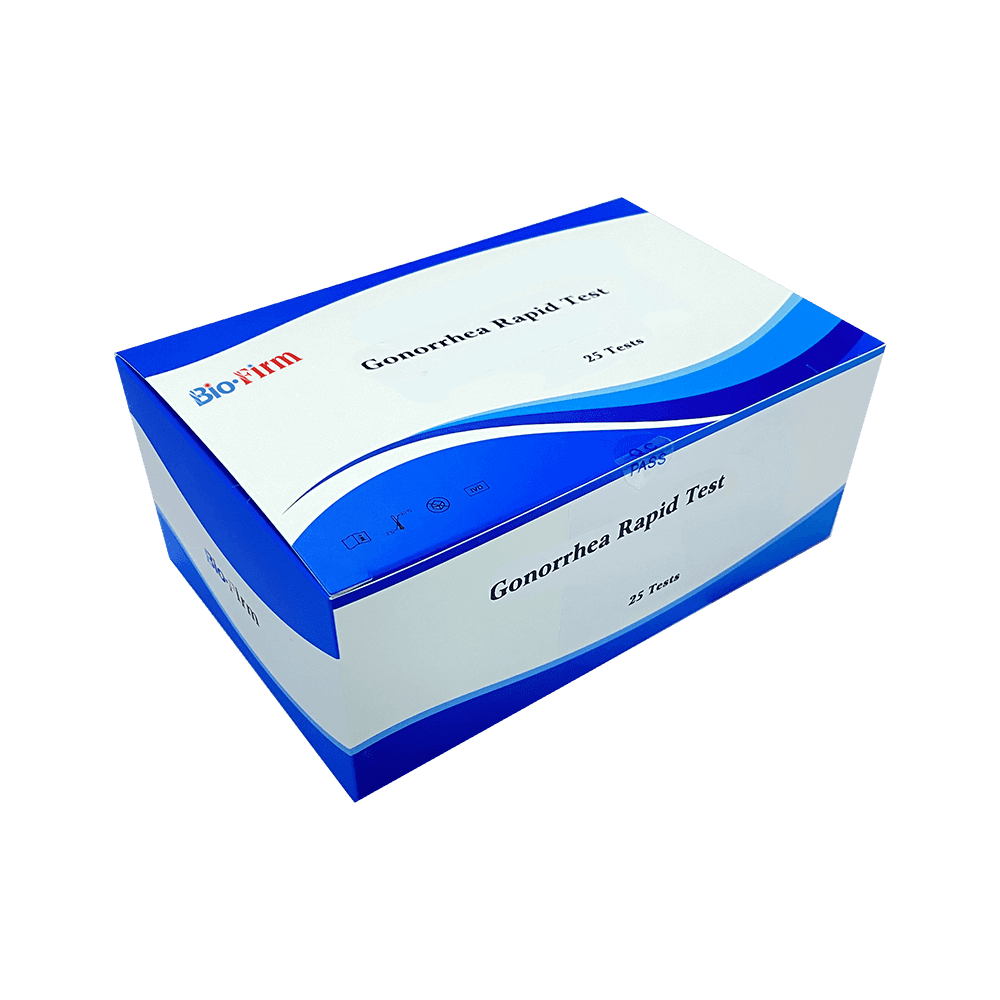Jul 01,2022
Integrating Gonorrhea rapid tests into existing healthcare workflows involves several key considerations to ensure they are effective and efficient in diagnosing and managing Neisseria gonorrhoeae infections. Here’s how they are typically integrated:
Point-of-Care Testing
Accessibility: Gonorrhea rapid tests are often designed for point-of-care testing, allowing healthcare providers to perform tests directly in clinical settings such as clinics, urgent care centers, and community health centers.
Rapid Results: These tests provide quick results within minutes to hours, enabling timely diagnosis and immediate initiation of treatment if necessary.
Sample Collection and Handling
Simple Sample Collection: Samples for Gonorrhea rapid tests can be easily collected using swabs from the affected area (e.g., urethra, cervix, throat).
User-Friendly Kits: Test kits typically include all necessary components and instructions for proper sample collection, minimizing the need for specialized training.
Laboratory Confirmation
Follow-up Testing: Positive results from Gonorrhea rapid tests may require confirmation through more specific laboratory-based tests such as nucleic acid amplification tests (NAATs) or culture methods.
Treatment Guidance: Pending confirmatory tests, healthcare providers may initiate treatment based on rapid test results to prevent complications and reduce transmission.
Integration with Electronic Health Records (EHR)
Documentation: Results from Gonorrhea rapid tests can be integrated into electronic health records (EHRs), ensuring seamless documentation of patient information and test outcomes.
Monitoring and Reporting: EHR integration facilitates monitoring of Gonorrhea prevalence, treatment outcomes, and epidemiological trends, supporting public health surveillance efforts.
Training and Proficiency
Healthcare Provider Training: Training programs are essential to ensure healthcare providers are proficient in performing Gonorrhea rapid tests, interpreting results accurately, and following recommended protocols.
Quality Control: Regular training and quality control measures help maintain the accuracy and reliability of Gonorrhea rapid tests across different healthcare settings.

Public Health Strategies
Screening Programs: Gonorrhea rapid tests are integral to targeted screening programs, especially in populations at higher risk for STIs, such as sexually active individuals, men who have sex with men (MSM), and individuals with multiple sexual partners.
Contact Tracing: Rapid test results inform contact tracing efforts to identify and treat sexual partners who may be at risk of infection, helping to prevent further transmission.
Patient Education and Counseling
Educational Resources: Healthcare providers offer counseling and educational resources to patients about Gonorrhea, STI prevention, treatment options, and the importance of follow-up care.
Sensitive Communication: Providers ensure culturally sensitive and non-judgmental communication when discussing STI testing and results with patients, promoting trust and patient compliance.
Cost and Reimbursement
Cost-Effectiveness: Gonorrhea rapid tests are generally cost-effective compared to traditional laboratory-based methods, reducing healthcare costs associated with diagnosis and treatment.
Insurance Coverage: Ensuring insurance coverage or reimbursement policies for Gonorrhea rapid tests enhances accessibility and affordability for patients seeking STI testing and treatment.
Integrating Gonorrhea rapid tests into healthcare workflows involves optimizing accessibility, accuracy, and efficiency while ensuring comprehensive patient care, adherence to guidelines, and collaboration with public health initiatives. This integration supports early diagnosis, timely treatment, and effective management of Neisseria gonorrhoeae infections, contributing to overall public health goals of reducing STI transmission and improving health outcomes.



 Español
Español
 Français
Français
 Deutsch
Deutsch
 عربى
عربى








